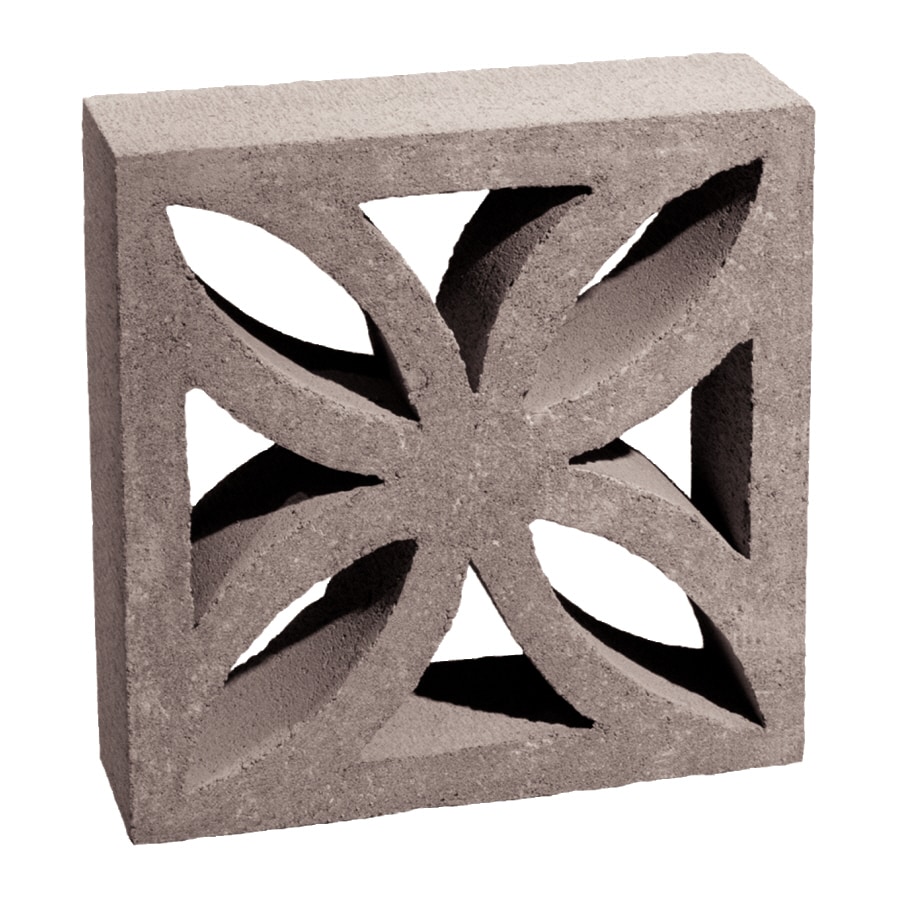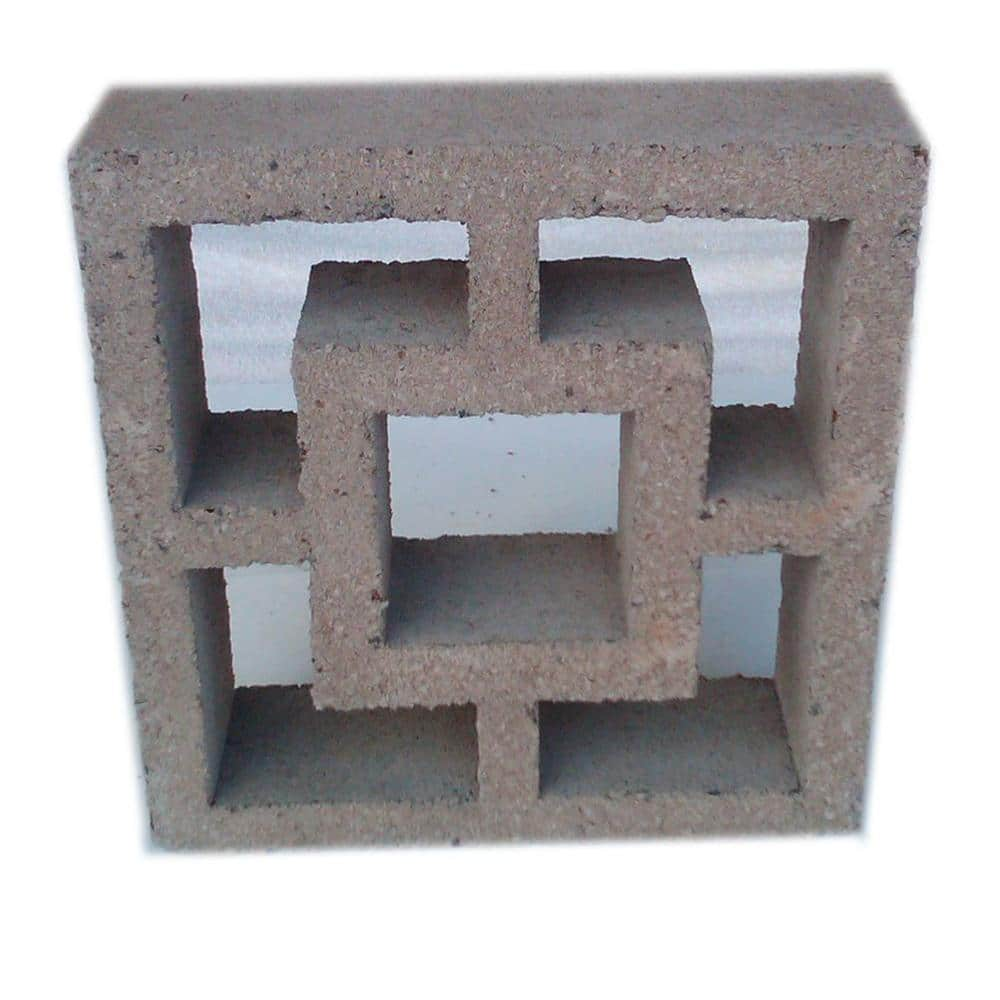Welcome to the wonderful world of decorative concrete blocks! These versatile materials are not just functional; they can also elevate the aesthetic appeal of your spaces. Whether you’re considering a new patio, garden walls, or decorative features around your home, decorative concrete blocks can be your best ally.
Understanding Decorative Concrete Blocks
Decorative concrete blocks are masonry units made from concrete that are designed to be visually appealing. They come in various shapes, sizes, and finishes, allowing for a wide range of design possibilities. They are often used for both structural and aesthetic purposes, making them a popular choice for many homeowners and builders.
What are Decorative Concrete Blocks Made Of?
Typically, decorative concrete blocks are composed of cement, aggregates (like sand and gravel), and water. Additives may be included to enhance strength or achieve specific textures and colors.
Types of Decorative Concrete Blocks
Choosing the right type of decorative concrete blocks can significantly affect the final look and durability of your project. Here are some common types:
1. Stamped Concrete Blocks
These blocks are molded to resemble natural stone, brick, or tile. They can be used for sidewalks, patios, and pool decks.
2. Colored Concrete Blocks
These blocks are dyed during the mixing process, offering a variety of vibrant colors to fit your design scheme.

3. Textured Concrete Blocks
Textured blocks provide a rough surface, which can enhance the grip in outdoor spaces.
4. Slump Block
Slump blocks are hollow blocks designed for a rustic look, often used in walls and fences.
5. Architectural Blocks
These blocks are specially designed for aesthetic purposes and can have unique shapes and finishes.
Comparison Table of Decorative Concrete Block Types
| Type | Use Cases | Pros | Cons |
|---|---|---|---|
| Stamped | Patios, sidewalks | Aesthetic appeal, various designs | Can be slippery when wet |
| Colored | Walls, decorative features | Vibrant colors, versatile | Color may fade over time |
| Textured | Driveways, outdoor walkways | Good grip, unique look | Can be more expensive |
| Slump | Fences, walls | Durability, rustic design | Limited color options |
| Architectural | High-end features | Customizable, unique | Higher cost |

Benefits of Using Decorative Concrete Blocks
There are numerous benefits to using decorative concrete blocks in your projects. Here are a few:
Durability and Longevity
Concrete blocks are incredibly strong and can endure the harshest weather conditions. This makes them a reliable choice for outdoor applications.

Low Maintenance
Once installed, these blocks require minimal upkeep, often only needing a wash to keep them looking fresh.
Versatile Design Options
With various textures, colors, and shapes, decorative concrete blocks can fit into any design scheme, whether modern or traditional.

Cost-Effective
Compared to natural stone or brick, decorative concrete blocks can be a more affordable option, offering similar aesthetics without breaking the bank.
Installation of Decorative Concrete Blocks
Installing decorative concrete blocks is straightforward but requires proper planning and execution.

Materials You Will Need
- Decorative concrete blocks
- Mortar mix
- Leveling tool
- Measuring tape
- Rubber mallet
- Safety gear
Steps to Install Decorative Concrete Blocks
- Prepare the area by clearing debris and leveling the ground.
- Lay a foundation or base, if necessary, depending on the block type.
- Mix the mortar according to package instructions.
- Start placing blocks from a corner, using mortar between each block.
- Check for level as you go, adjusting with a rubber mallet when needed.
- Allow the mortar to set as per the manufacturer’s instructions.
Personal Experience: My Journey with Decorative Concrete Blocks
When I first decided to enhance my garden, I was overwhelmed with choices. After extensive research, I landed on decorative concrete blocks. I opted for textured blocks to create a unique patio area and garden wall. The installation process was simpler than I anticipated, thanks to the resources I found online. One of the best parts was the compliments I got from friends and family after the project was completed!
Common Questions about Decorative Concrete Blocks
FAQs
What are the primary uses of decorative concrete blocks?
They are primarily used for walls, patios, pathways, and other outdoor features, but they can also be used in indoor designs.
How long do decorative concrete blocks last?
With proper installation and maintenance, decorative concrete blocks can last for decades, often outlasting other materials.
Can I paint decorative concrete blocks?
Yes, you can paint them. However, make sure to use a paint suitable for concrete to ensure durability.
Are decorative concrete blocks eco-friendly?
While they are made from natural materials, their environmental impact depends on the production process. Look for manufacturers that prioritize sustainable practices.